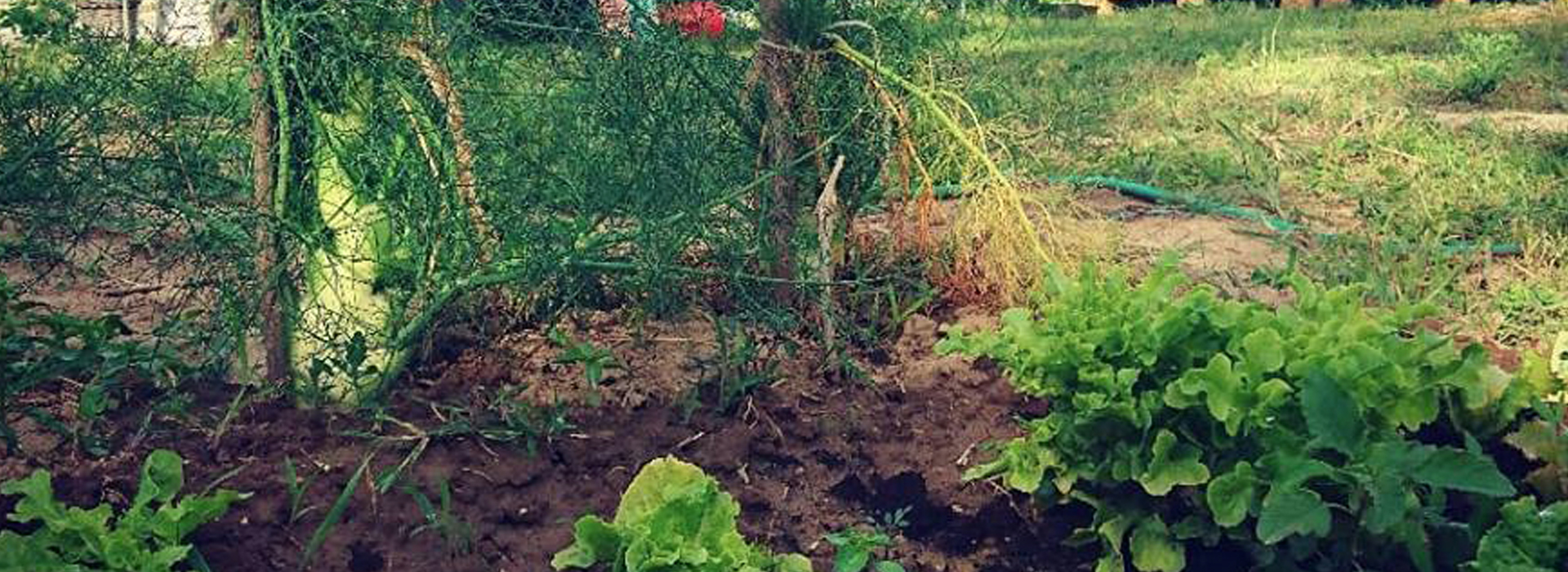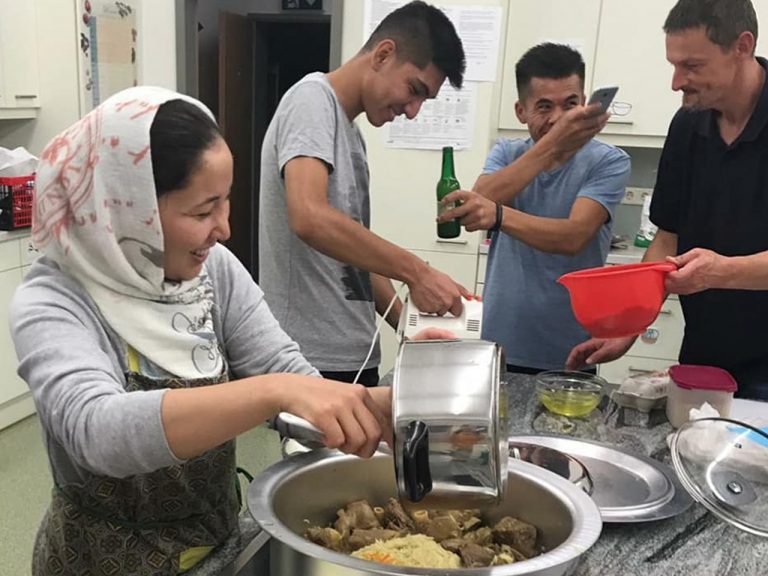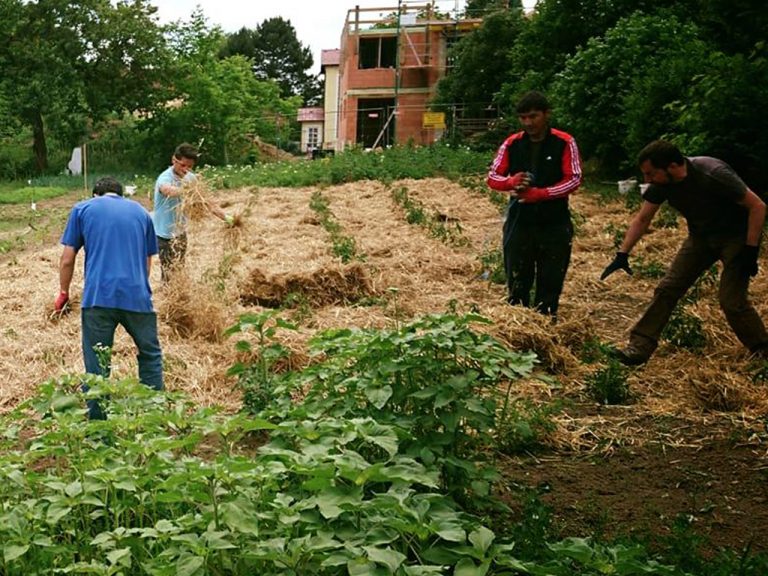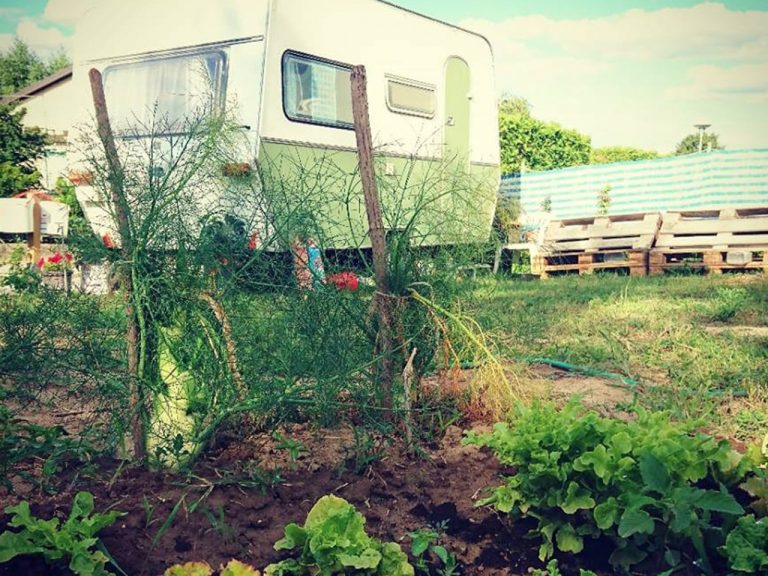The cooking events aim at creating respect for each other and offer space for informal networking.
Description of the activity
About twice a year, the whole association invites people (all internals and ~ 10-20 externals) to a community cooking event. Typical meals from all the different participant´s cultures are made and the knowledge is shared. Whoever wants to prepare a dish can do so. The surpluses of fruits and vegetables from the community garden are used. The aim is that the garden members come together and enjoy and celebrate outside the usual gardening (or sewing) work setting. External guests within the local community and also the migrant communities are invited.
This event is also sometimes carried out outside, directly in the garden (e.g. Barbecue, campfire) if the weather is suitable.

 English
English  Deutsch
Deutsch  Español
Español  Svenska
Svenska 









